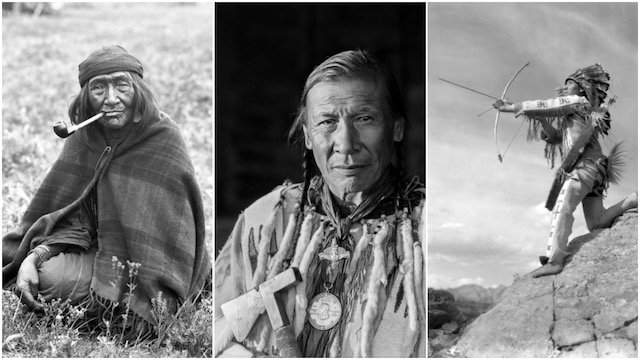Beautiful portraits from 1910 – First Nation People of Alberta

These magnificent portraits that you are about to see, were taken by the Canadian photographer Harry Pollard, whose specialty was photographing First Nations.
These amazing people are true examples of not just surviving but thriving in the wilderness; they were at one with the land, competent and capable and truly inspirational.
If we had a time travel machine here at Outdoor Revival HQ, I have a good idea of when we’d be setting it for and who we’d want to visit.
Here are the historic people of Alberta, Canada.

First Nations in Alberta are indigenous peoples who live in the Canadian province of Alberta.



The First Nations are those peoples (or nations) recognized as Aboriginal peoples in Canada excluding the Inuit and the Métis.
According to the Canadian census, in 2001 a population of 84,990 Albertans reported a “North American Indian” (i.e. First Nations) identity, rising to 116,670 in 2011 or 13.7% of all First Nations people in Canada.
Giving Alberta the third largest First Nations population among the provinces and territories (after Ontario and BC).
From this total around half of the population lives on an Indian reserve (58,782 Registered Indians lived on-reserve in Alberta in 2005).









The rest of the population lives off-reserve, amongst the rest of the Canadian population. Many of these are urban
Aboriginals living in cities, especially Edmonton (the provincial capital) which had an off-reserve status population of 18,210 people in 2011, the second highest for any city in Canada (after Winnipeg).
All photos by Harry Pollard/Provincial Archives of Alberta













Besides this there were 19,945 people in Alberta in 2011 who claimed a North American Indian identity on the census but are not part of the official Indian Register; such people are commonly called “non-status Indians”.
There are 48 First Nations or “bands” in Alberta (in the sense of governments made up of a council and a chief), belonging to nine different ethnic groups or “tribes” based on their ancestral languages.
